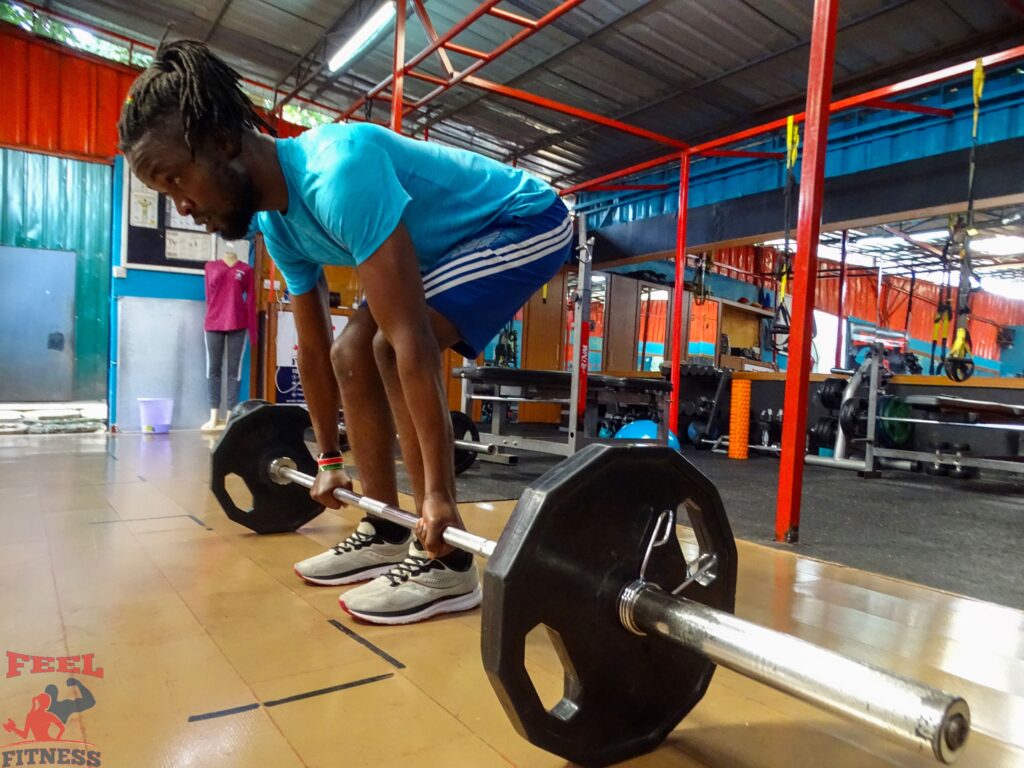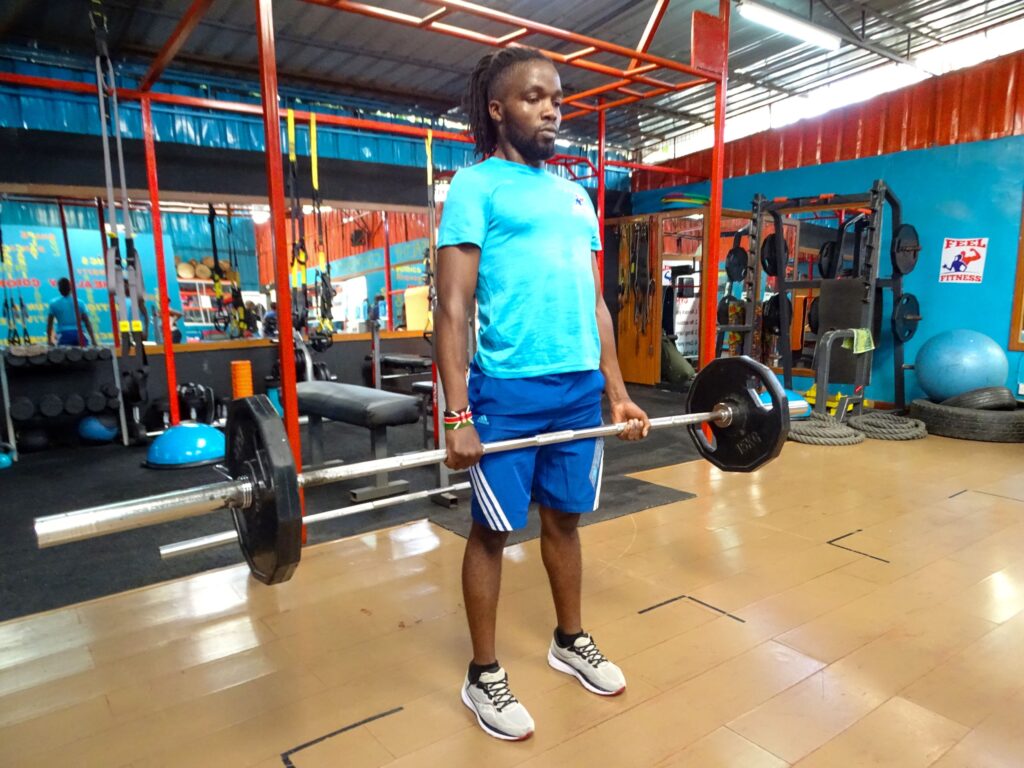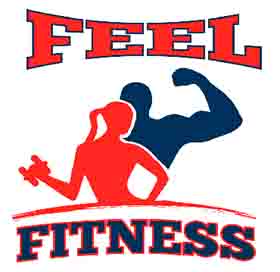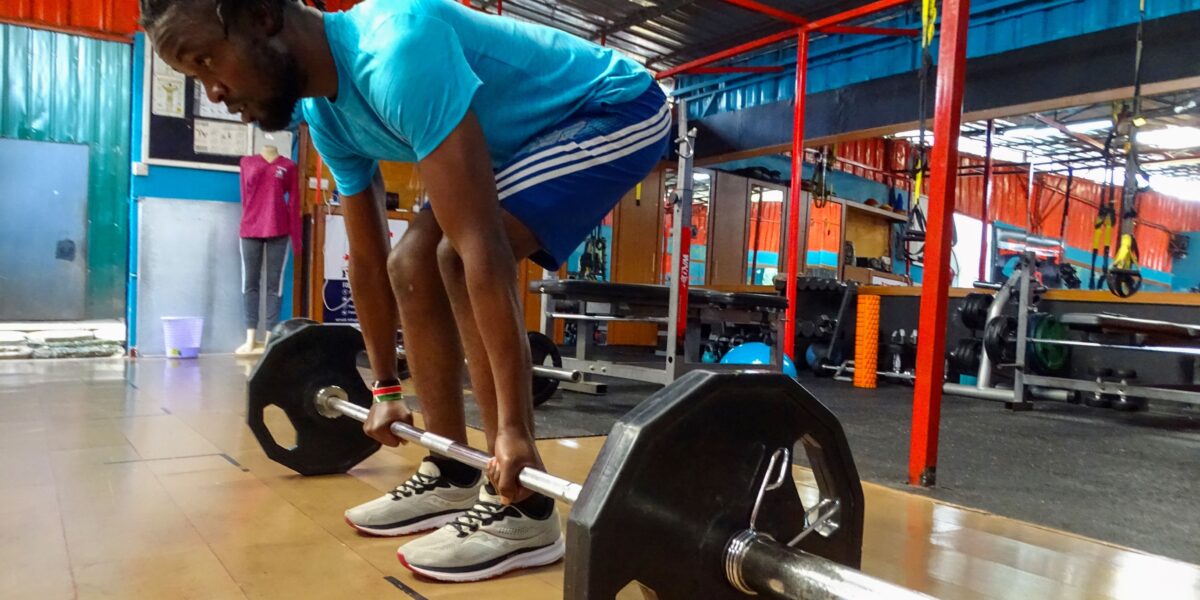One of the three lifts utilized in competitive powerlifting is the barbell deadlift. The barbell bench press and back squat are the other two exercises. In essence, the three moves are also used to determine our overall, upper and lower body strength respectively. What is the maximum amount of weight that you can deadlift, bench press or squat in a single lift or repetition? The deadlift, when properly honed, enables one to lift enormous amounts of weight but to reap the rewards of this exercise, heavy lifting is not essential. While having a strong lower back is advantageous, it is also important to pay attention to your posture and technique. Above all, safety is very important.
The benefits of the deadlift.
- Strengthening the glutes and muscles that stabilize the spine.
- Strengthening the adductors and hamstring muscles, which assist with hip extension.
- It reduces the risk of lower back injuries when carrying or moving heavy loads.
- Enhancing grip and forearm strength by holding the bar tight.
- It improves the ability to lift heavy items such as a suitcase, furniture, kids, laundry or boxes off the ground.
- Burns a lot of calories as the result of activating a large amount of muscle mass.
- Increased confidence that comes with being able to lift heavy stuff.
Proper lifting technique for the deadlift requires good stability in the lower back and mobility in the lower body. Muscle forces during a traditional barbell deadlift are generated at the hip, lumbar spine, ankle and knee respectively. For optimal mechanics, the barbell must be kept as close as possible throughout the entire lift. Starting with the bar resting against the shins and keeping it close to the legs during the ascent will make it easier to keep the spine straight while generating the lifting force from the legs.
American College On Exercise.
Major Muscles Involved.
A ) Prime Movers.
For the concentric (lifting) phase of the deadlift, the muscles involved are: gluteus maximus and quadriceps to extend the hips and knees respectively.
b) Synergists.
The adductor magnus and hamstrings (semitendonosus, semimembranosus and biceps femoris) help to extend hips. The gastrocnemius provides assistance with straightening the knees. The core muscles of the transverse abdominis, thoracolumbar fascia, external obliques, internal obliques and latissimus dorsi all help to stabilize the pelvis and spine. The forearm flexors help maintain grip on the bar.

How To Perform a Barbell Deadlift.
- Stand behind the barbell with your feet approximately hip-width apart and shins touching the bar. Grip the bar tightly as if you are trying to bend it in your hands throughout the entire lift. An over-under grip, where one hand is palm-down and the other is palm-up. In effect, it can keep the bar from rolling out of the hands thus making it a safer option for beginners.
- Additionally, it is important to keep your shins vertical and spine long as you sink back into your hips. You should also ensure that you grip the bar tightly. This will help you maintain your balance.
- To lift the bar, press your feet into the floor as if you are pushing the floor away from you, as you pull your knees back. This allows you to engage your hamstrings). Drive your hips forward; the bar should travel upwards in a straight path along the front of your legs.
- Stand up, as you allow your hips to be fully extended. To return to the floor, keep your spine long as you push your glutes back behind you. Keep the bar close to the front of your legs with your shins vertical as you sink back into your hips.

Check Your Form.
Try and maintain your chest lifted, and your spine stretched to feel the exertion in your glutes and a long the back of your legs as you lift. I have keenly noticed that most beginners not only attempt to lift the weight using their back rather than the hips, but they also allow their spine to round and flex during the rising phase. Unquestionably, both of these problems are usually as a result of using a weight that is too heavy, too soon. A fair rule of thumb, before increasing the weight, one should be able to control five to six repetitions. Your upper back, neck, and back of your head should be in a relaxed position. Specifically, keep your eyes on the ground below instead of focusing on the mirror in front of you.
As instructors, we tend to have compulsive pickiness for minor details. I believe, there is no use trying to lift any sort of weight, if you do not understand and employ the correct technique. After all, do you lift smoothly or do you tend to jerk, yank and shove the weight? Anything to complete the damn rep? Check your form!
Feel Fitness.

